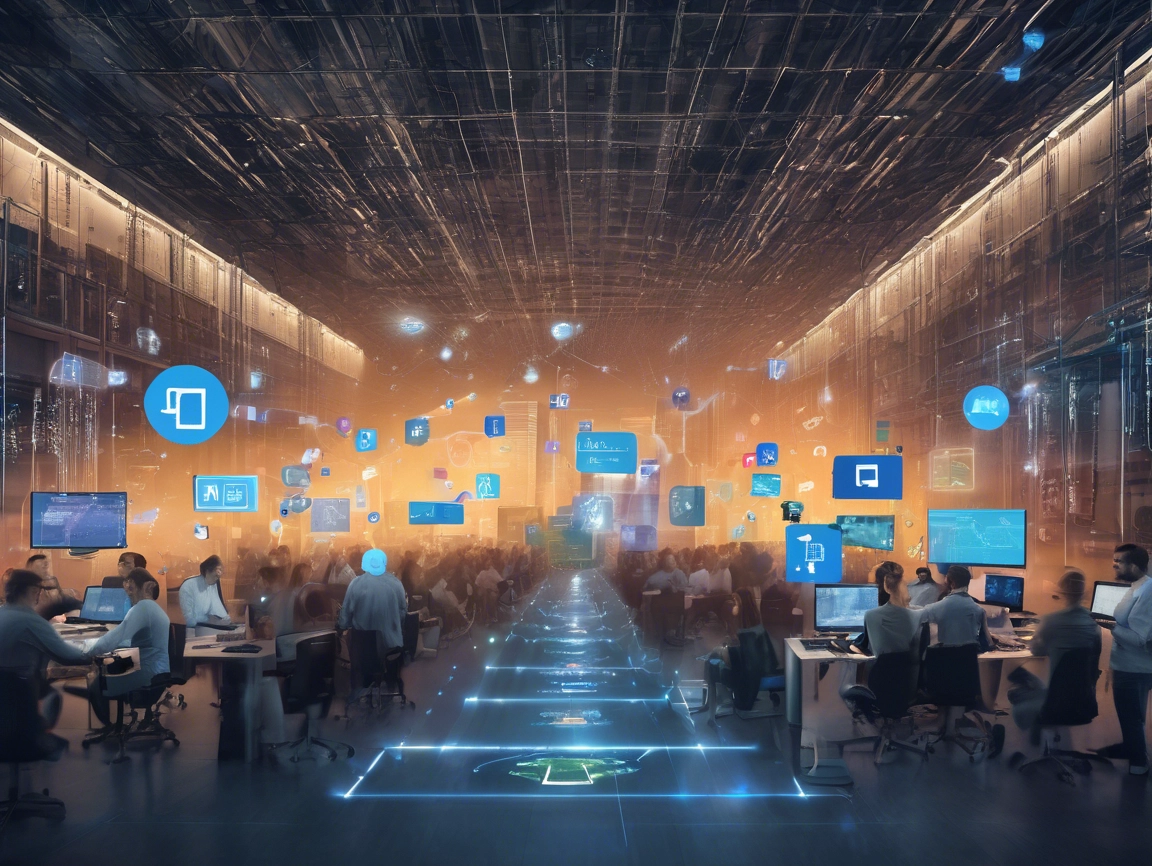Supercharge Your Data Adventures with Azure Functions!
Azure Functions offers a flexible and dynamic environment for processing data at the speed of light. Imagine being able to respond to events as they happen, whether it’s a user clicking a button, a sensor detecting a change, or a new file being uploaded to your cloud storage. With Azure Functions, you can create event-driven architectures that seamlessly integrate with various data sources like Azure Blob Storage, Cosmos DB, or even third-party APIs. No more waiting for batch processing; your applications can react in real-time to changes, enhancing user experience and business efficiency.
One of the core advantages of Azure Functions is its serverless nature, which means you only pay for what you use. This cost-effective approach allows developers to focus on their code rather than worrying about managing infrastructure. With Azure’s built-in scalability, your functions can automatically adjust to handle a surge in data, ensuring that you never miss a beat. Whether it’s handling a few requests or thousands per second, Azure Functions scales effortlessly, making it the perfect solution for your data-driven projects.
Furthermore, Azure Functions supports a wide variety of programming languages including C#, Java, JavaScript, and Python, enabling developers to work in the languages they love. This flexibility encourages creativity and innovation, allowing you to build custom solutions that cater to your specific data needs. Whether you’re developing a real-time analytics dashboard or creating an automated response system for customer inquiries, Azure Functions provides a robust foundation to help you achieve your goals. Explore more about how Azure Functions can transform your data processing here.
Unlock the Magic of Real-Time Processing Today!
The journey into the world of real-time processing begins with understanding how to effectively trigger your Azure Functions. Triggers are the magic that kick-starts your functions, whether it’s an HTTP request, a timer, or an event from a message queue. By harnessing these triggers, you can create workflows that react instantly to data changes. For instance, if you’re processing IoT data, you can set up Event Hubs to funnel streams of telemetry data directly into your Azure Functions for real-time analysis. This means you can act on critical insights as they occur, rather than waiting for the end of the day to analyze the data.
Once your functions are up and running, leveraging Azure’s ecosystem will enhance your real-time processing capabilities. Integrating Azure Logic Apps can help you build complex workflows that connect to various services and handle business logic with ease. Imagine an automated flow that triggers a function whenever a new customer signs up, sending a welcome email and updating a CRM system—all in real-time! The possibilities are endless, and the combination of Azure Functions and Logic Apps allows you to create highly efficient, automated systems that save time and reduce manual intervention.
Moreover, monitoring and optimizing your Azure Functions can significantly impact your data processing efficiency. Azure Application Insights provides deep insights into the performance and usage of your functions, allowing you to identify bottlenecks and improve your applications continuously. This proactive approach ensures that your data adventures remain smooth and problem-free. Start unlocking the magic of real-time processing and learn more about monitoring your functions here.
In conclusion, Azure Functions is a powerful ally in the quest for real-time data processing. By embracing serverless computing, you can supercharge your data adventures and unlock the full potential of your applications. With event-driven triggers, seamless integrations, and robust monitoring, Azure Functions empowers developers to create dynamic and responsive systems that adapt to the ever-changing landscape of data. So why wait? Dive into Azure Functions today and let your data soar to new heights! For more information, visit Azure Functions Documentation. Happy coding!




